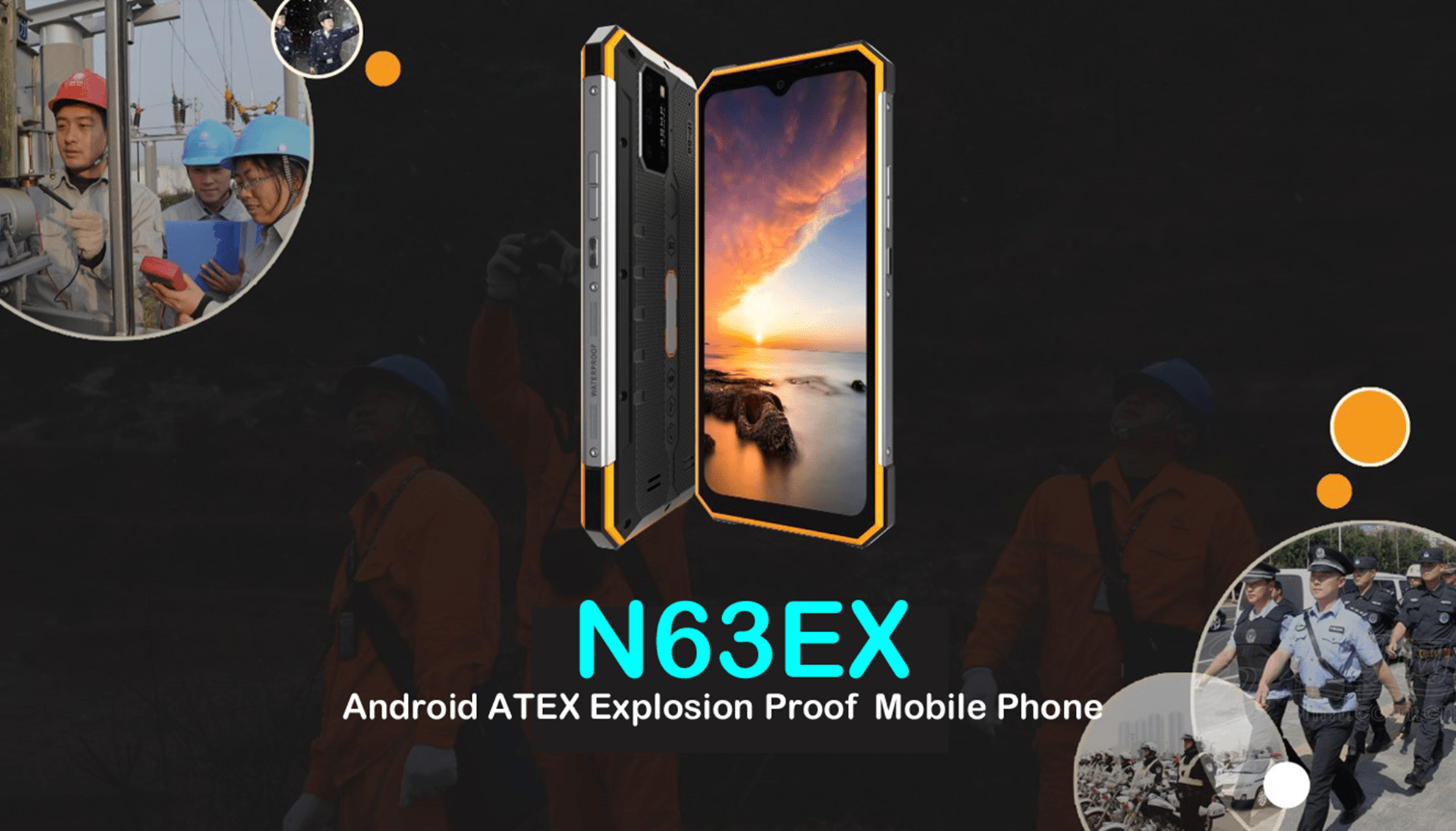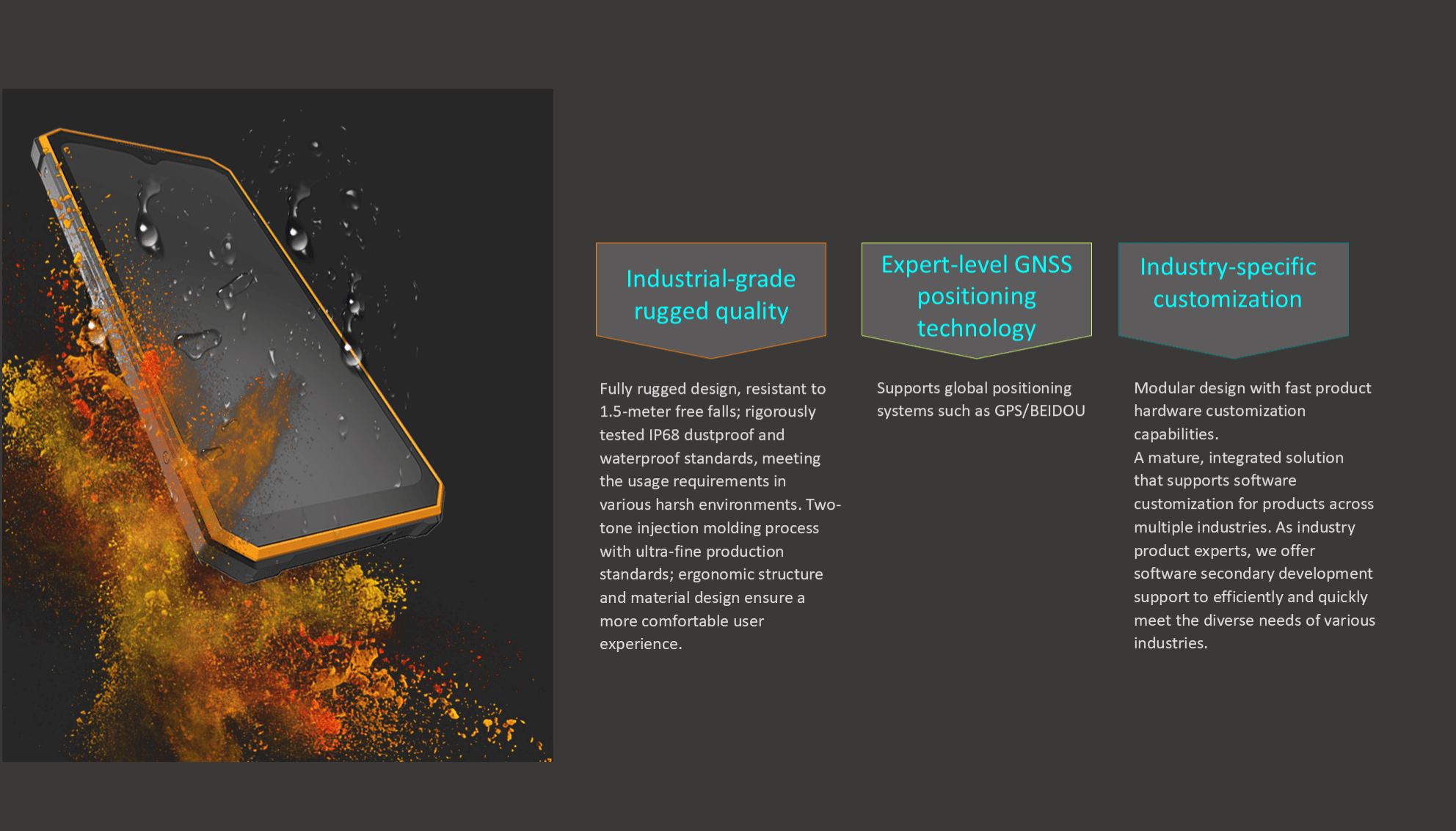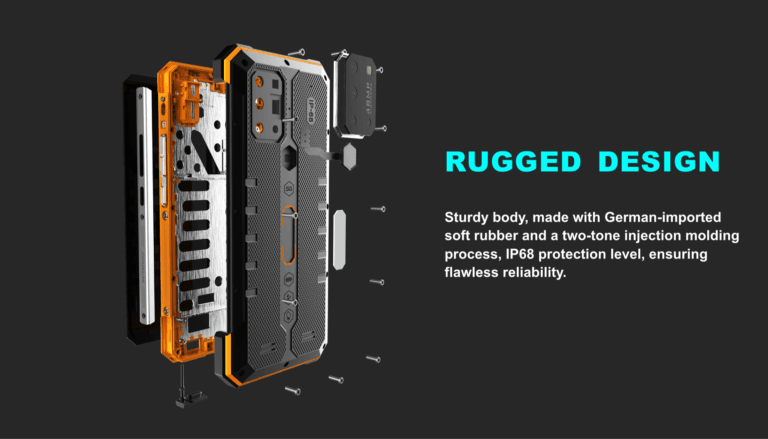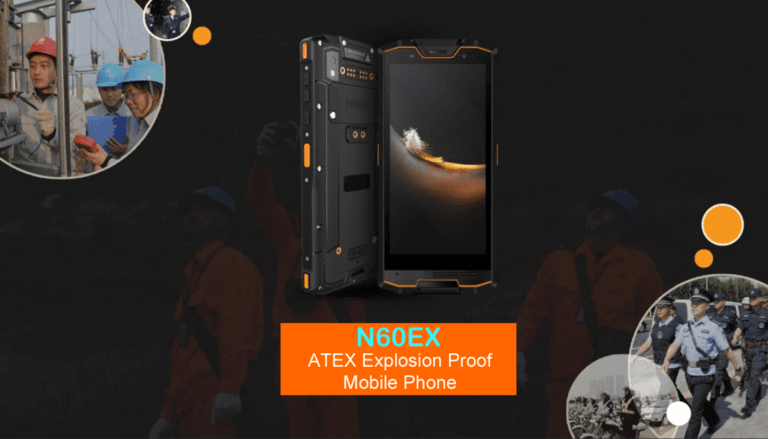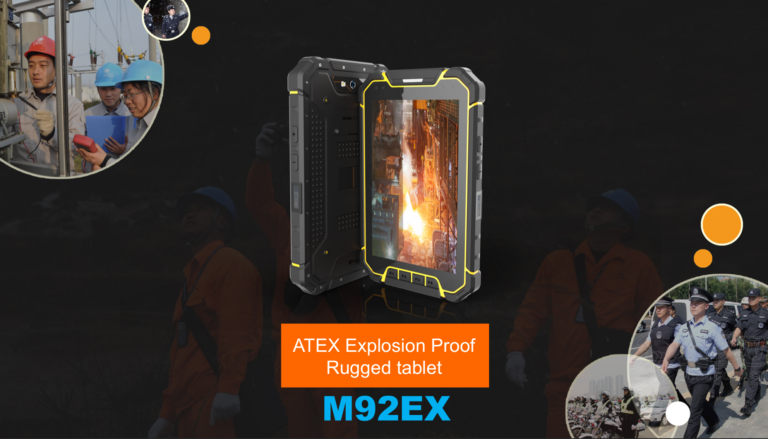Explosion Protection Technology: Ensuring Safety in Hazardous Environments
In industries such as oil and gas, chemical processing, mining, and manufacturing, the presence of flammable gases, dust, or vapors creates an ever-present risk of explosion. To safeguard both people and equipment, Explosion Protection Technology has become a crucial component of industrial safety systems worldwide.
This technology ensures that electrical and mechanical equipment used in hazardous areas operates safely, preventing ignition sources from triggering catastrophic explosions.
In this article, we will explore what Explosion Protection Technology is, how it works, key standards such as ATEX and IECEx, and the latest innovations shaping the future of explosion safety.
What is Explosion Protection Technology?
Explosion Protection Technology refers to a set of engineering methods, design principles, and standards developed to prevent or mitigate explosions in hazardous environments.
These technologies are applied in industries where explosive atmospheres can arise from:
Flammable gases (e.g., methane, hydrogen)
Vapors from liquids (e.g., solvents, fuels)
Combustible dusts (e.g., grain, coal, metal powder)
The goal is not just to contain explosions but also to eliminate ignition sources—such as electrical sparks, static discharges, or excessive heat—that can ignite flammable materials.
The Need for Explosion Protection
Without Explosion Protection Technology, industries operating in volatile environments face severe risks:
Loss of human lives
Equipment destruction
Environmental pollution
Production downtime and economic loss
Implementing proper protection systems is therefore a regulatory requirement under ATEX (Europe) and IECEx (Global) directives. These standards define the design, certification, and safe use of equipment intended for explosive atmospheres.
Key Principles of Explosion Protection Technology
Prevention:
Preventing the formation of explosive atmospheres or ignition sources (e.g., by ventilation or inerting systems).Containment:
Designing enclosures that can withstand internal explosions without rupturing (e.g., explosion-proof housings).Segregation:
Isolating ignition-capable components from hazardous atmospheres through barriers or encapsulation.
Together, these principles reduce both the likelihood and impact of explosions in critical operations.
Common Methods of Explosion Protection
1. Flameproof or Explosion-Proof Enclosures (Ex d)
Equipment is housed in robust enclosures that can contain an internal explosion. The joints are designed to cool escaping gases below ignition temperature, preventing external explosions.
2. Intrinsic Safety (Ex i)
Electrical circuits are designed to operate at energy levels too low to ignite gases or dusts. This is common in handheld devices, sensors, and communication tools.
3. Increased Safety (Ex e)
Applies to non-sparking equipment where additional measures (e.g., improved insulation or seals) reduce the risk of ignition.
4. Pressurization (Ex p)
A protective gas (such as air or nitrogen) is used to maintain a higher internal pressure, preventing flammable gases from entering the enclosure.
5. Encapsulation (Ex m)
Sensitive components are embedded in a protective compound that isolates them from explosive atmospheres.
6. Oil or Sand Immersion (Ex o / Ex q)
Components are immersed in non-conductive liquids or granular materials that prevent ignition.
Each of these technologies plays a vital role in the overall strategy of Explosion Protection Technology deployment.
Explosion Protection Standards
1. ATEX Directive (Europe)
The ATEX 2014/34/EU directive governs equipment used in explosive atmospheres. It defines two key zones:
Zone 0 / Zone 20: Continuous presence of explosive materials
Zone 1 / Zone 21: Likely presence under normal operation
Zone 2 / Zone 22: Unlikely but possible under abnormal conditions
2. IECEx Scheme (Global)
The IECEx certification system is an international framework ensuring the safety of electrical equipment in hazardous environments. It harmonizes testing and approval, allowing equipment to be used globally.
Both ATEX and IECEx certifications are essential for companies implementing Explosion Protection Technology.
Modern Applications of Explosion Protection Technology
Oil and Gas Facilities:
Used in drilling rigs, refineries, and gas plants where methane or hydrogen may leak.Chemical and Pharmaceutical Plants:
Safeguards processes that involve volatile solvents and vapors.Mining Operations:
Prevents ignition of flammable gases or coal dust underground.Food and Grain Processing:
Controls explosion risks from flour or grain dust.Battery Manufacturing and Electronics:
Protects production environments where volatile materials are handled.
Latest Innovations in Explosion Protection Technology
Smart Monitoring Systems:
IoT sensors now continuously track temperature, pressure, and gas concentration to detect pre-explosion risks.Rugged Smart Devices:
ATEX-certified smartphones and tablets allow field workers to communicate safely without risking ignition.AI and Predictive Maintenance:
AI-based systems analyze vibration, temperature, and voltage data to predict potential ignition points before they occur.Lightweight Flameproof Materials:
Modern alloys and composites provide explosion resistance while reducing equipment weight.
These innovations make Explosion Protection Technology not only safer but also more efficient and easier to deploy.
Benefits of Implementing Explosion Protection Technology
Enhanced Worker Safety: Protects lives in hazardous industrial settings.
Regulatory Compliance: Meets ATEX and IECEx standards globally.
Reduced Downtime: Minimizes the impact of potential explosions.
Equipment Longevity: Prevents damage from internal ignition.
Environmental Protection: Reduces toxic leaks and contamination.
Challenges in Explosion Protection Implementation
High Cost of Certified Equipment
ATEX-certified devices are more expensive, though they pay off through safety and reliability.Complex Maintenance
Certified equipment must be serviced without voiding explosion-proof integrity.Limited Availability in Some Regions
Not all suppliers can provide fully certified systems.Training Requirements
Workers must be educated about safe installation and operation practices.
Addressing these challenges is key to ensuring the long-term success of Explosion Protection Technology integration.
The Future of Explosion Protection Technology
The future of this field is driven by digital transformation and automation. With Industry 4.0, explosion protection is merging with:
Real-time data analytics
Predictive maintenance
Wireless ATEX communication networks
AI-powered inspection drones
These technologies create safer, more intelligent industrial ecosystems, ensuring compliance and operational continuity even in high-risk environments.
Conclusion
Explosion Protection Technology is more than just compliance—it’s a cornerstone of industrial safety. By combining certified equipment, smart monitoring, and proper maintenance, industries can effectively protect lives, assets, and the environment from catastrophic events.
As innovation continues, explosion protection will evolve from reactive defense to proactive prevention—ensuring that even in the most hazardous zones, operations remain safe, efficient, and sustainable.
FAQs: Explosion Protection Technology
1. What is explosion protection technology?
It refers to systems and design techniques that prevent or mitigate explosions in hazardous industrial environments.2. Why is explosion protection important?
It protects lives, equipment, and facilities in areas where flammable gases or dusts are present.3. What are ATEX and IECEx certifications?
They are international standards ensuring equipment safety in explosive atmospheres.4. What are the main methods of explosion protection?
Flameproof enclosures, intrinsic safety, pressurization, encapsulation, and increased safety.5. Which industries use explosion protection technology?
Oil and gas, chemical, mining, food processing, and battery manufacturing.6. How does intrinsic safety work?
It limits energy in electrical circuits to prevent ignition.7. What is the difference between Zone 1 and Zone 2?
Zone 1 has a higher likelihood of explosive atmospheres; Zone 2 has a lower probability.8. Can explosion protection prevent all accidents?
No, but it significantly reduces the risk and impact of explosions.9. How is AI improving explosion protection?
AI predicts failures and detects abnormal patterns before accidents occur.10. Is explosion protection technology mandatory?
Yes, in most industries under ATEX, IECEx, and OSHA regulations.11. What are flameproof devices?
They are enclosures designed to contain internal explosions safely.12. Can explosion protection apply to wireless devices?
Yes, ATEX-certified wireless devices are widely used in modern plants.13. How often should equipment be inspected?
At least annually, or per manufacturer’s guidelines.14. What materials are used in explosion-proof enclosures?
Stainless steel, aluminum, or reinforced composites.15. What is the future of explosion protection technology?
Integration with smart systems, IoT, and real-time hazard analytics.

